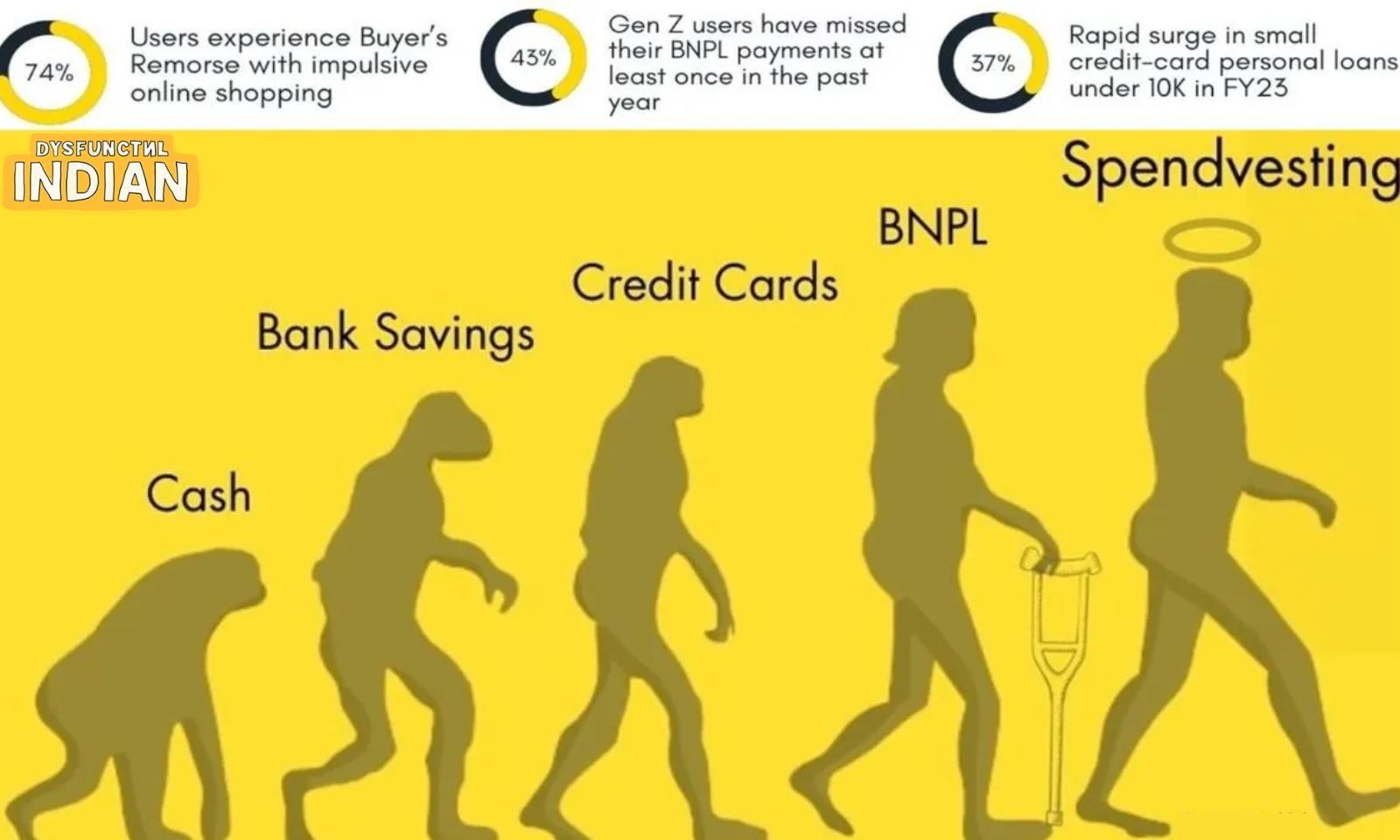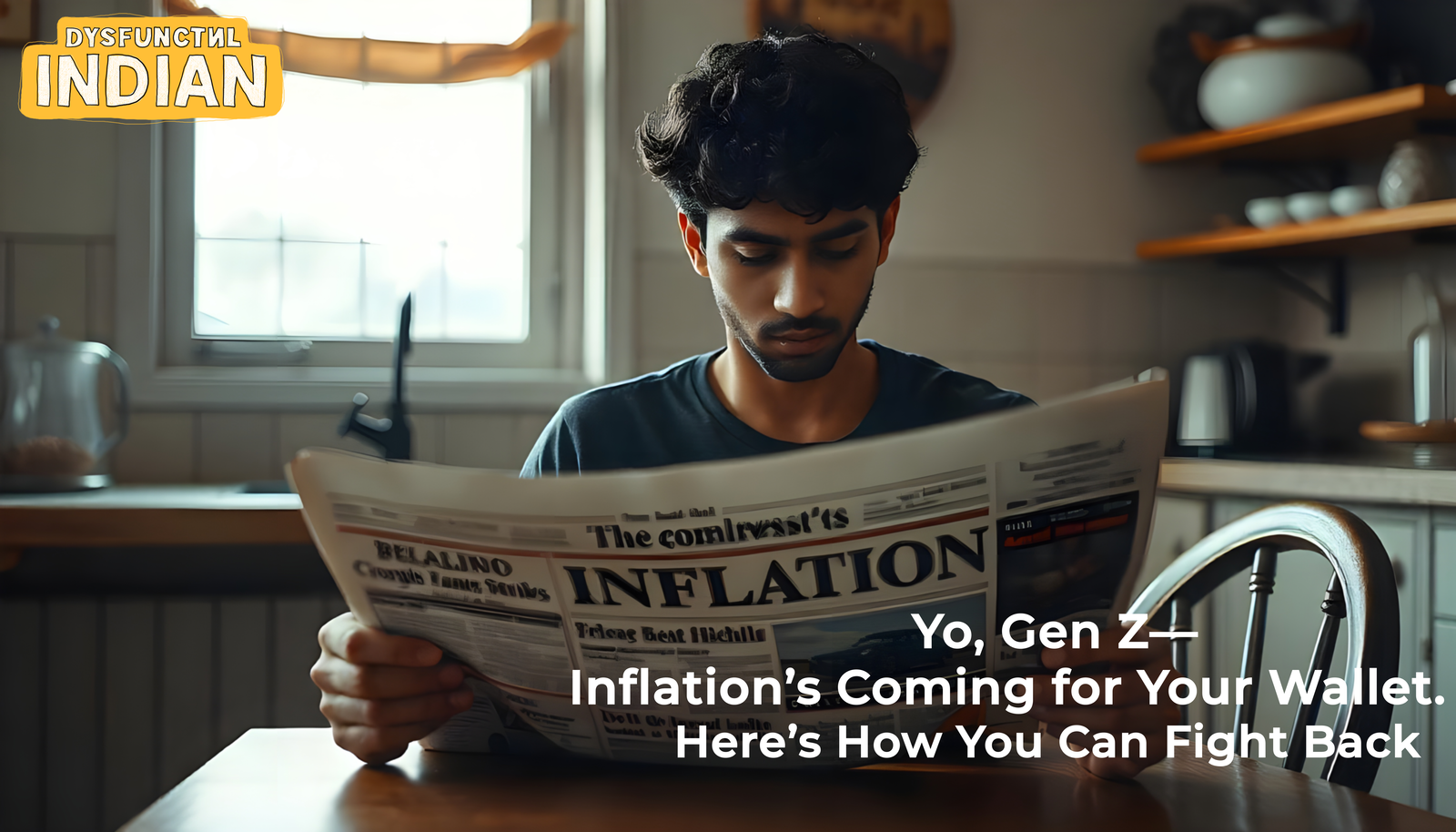Make Way For Lord Ram The Grand Consecration In Ayodhya
Posted by admin on 2024-01-08 |
The
construction of the Ram Temple in Ayodhya marks a significant milestone in
India's cultural history. The forthcoming consecration ceremony on January 22,
akin to the revival of the Somnath temple in the 1950s, holds immense
importance. During his brief visit to Ayodhya, Prime Minister Narendra Modi
urged the nation to light a lamp on this day, symbolizing the enduring
relevance of Ram's life and mission. With the completion of the grand temple in
sight, and the scheduled consecration of Lord Ram's idol at the sanctum
sanctorum on January 22, let's delve into the temple's journey.
Construction and Design of the Temple
The
foundation of the temple is constructed using over two lakh bricks, each
bearing the inscription 'Sri Rama' in various languages. These bricks, sourced
from different parts of the country three decades ago, contribute a unique and
symbolic dimension to the construction process.
A
significant portion of the Ram temple compound is dedicated as a green area,
adorned with hundreds of trees, underscoring a commitment to environmental
sustainability.
The temple
itself will have each floor standing at a height of 20 feet, boasting a total
of 392 pillars and 44 gates. A distinctive feature is the rectangular periphery
known as 'percota,' a characteristic more commonly associated with South Indian
temples rather than those in the north, imparting a unique aspect to the grand
design.
The four
corners of this 'percota' will be devoted to the Sun God, Maa Bhagwati, Lord
Ganesha, and Lord Shiva. Furthermore, a shrine dedicated to Maa Annapurna will
be erected on the northern side, while the southern side will house a shrine
for Lord Hanuman.
The
renowned chief architect Chandrakant Bhai Sompura, whose grandfather
Prabhakarji Sompura collaborated on designing the Somnath Temple along with his
son Ashish Sompura, is the creative mind behind the temple's design.
The Hands behind the idol
Arun
Yogiraj, a renowned sculptor hailing from Karnataka, is recognized for crafting
the final idol of Ram Lalla intended for the Ayodhya Ram Temple. His creation
was selected from three shortlisted designs and is set to be installed during
the grand consecration ceremony scheduled for January 22, 2024.
The other
two sculptors involved in creating the idol are GL Bhat from Bengaluru and
Satyanarayana Pandey from Rajasthan. The Trust plans to place one of these
three idols inside the sanctum, while the remaining two will find a place
within the temple premises.
Yogiraj
shared that the Trust provided guidance to the three sculptors, specifying that
the idol should resemble a five-year-old and measure 51 inches (4.25 feet) in
length.
Consecration Ceremony
As per
Temple officials, the inauguration ceremony for the Ram Temple is set to
commence on January 16, 2024. The Temple trust has outlined a seven-day
schedule for the rituals:
January 16: The appointed host by the Temple trust will
lead the atonement ceremony, with a 'Dashvidh' bath taking place on the banks
of the River Saryu. The rituals will include Vishnu worship and Godan.
January 17: A procession will carry the idol of Lord Ram
in his child-like form (Ram Lalla), accompanied by devotees carrying Saryu
water in Mangal Kalash.
January 18: Rituals such as Ganesh Ambika Puja, Varun
Puja, Matrika Puja, Brahmin Varan, and Vastu Puja will be conducted.
January 19: Agni Sthapana, Navagraha Sthapana, and Havan
will be performed.
January 20: The sanctum sanctorum of the Ram Temple will
be cleansed with holy water from the Saryu, followed by rituals including
Vaastu Shanti and Annadhivas.
January 21: The deity of Ram Lalla will undergo a divine
bath with 125 urns, and the ritual of Shayadhivas will take place.
January 22: The morning will witness the worship of the
deity of Ram Lalla, followed by its consecration in the afternoon during the
Mrigashira Nakshatra.
The Invitees
The Shri
Ram Janmabhoomi Teerth Kshetra Trust has extended invitations to Congress
leaders Mallikarjun Kharge, Sonia Gandhi, and Adhir Ranjan Chowdhury for the
upcoming Ram Temple consecration ceremony in Ayodhya, according to sources.
Additionally, former prime ministers Manmohan Singh and H D Deve Gowda have
also been invited to the event.
Beyond
political figures, the ceremony will host distinguished guests such as Sachin
Tendulkar and Virat Kohli, as well as Amitabh Bachchan, Mukesh Ambani, and
Gautam Adani. Notable invitees also include actors Arun Govil and Dipika
Chikhlia, renowned for their roles as Ram and Sita in the TV series Ramayan.
The guest list further extends to 3,000 VVIPs, encompassing RSS Head Mohan
Bhagwat, Baba Ramdev, and Ratan Tata.
The diverse
group of attendees will include judges, scientists, writers, poets, saints,
priests, Shankaracharyas, religious leaders, former civil servants, retired
Army officers, lawyers, musicians, and recipients of Padma Shri and Padma
Bhushan awards. Approximately 4,000 saints from different sects have also been
invited to partake in the ceremony.
In a
gesture of appreciation, all distinguished guests participating in the
"pran pratishtha" or the consecration ceremony of the Ram Lalla idol
on January 22 will receive special gifts, as announced by the temple trust.
Attendees will be presented with sacred prasad and copies of the 'Ayodhya
Darshan' book from Gita Press.
More Gifts to Ayodhya
During his
one-day visit to Ayodhya, the Prime Minister inaugurated and laid the
foundation stone for 46 projects with a combined value of approximately ?15,700
crore. Among these initiatives were the inauguration of the Maharishi Valmiki
International Airport and the revamped Ayodhya Dham Junction Railway Station.
Additionally,
Mr. Modi flagged off six new Vande Bharat trains: Amritsar-Delhi Junction Vande
Bharat Express, Coimbatore-Bengaluru Vande Bharat Express, Shri Mata Vaishno
Devi Katra-New Delhi Vande Bharat Express, Ayodhya-Anand Vihar Terminal Vande
Bharat Express, Mangaluru-Madgaon Vande Bharat Express, and Jalna-Mumbai Vande
Bharat Express. Two Amrit Bharat trains were also inaugurated: the
Darbhanga-Ayodhya-Anand Vihar Terminal Amrit Bharat Express and the Malda
Town-Sir M Visvesvaraya Terminal (Bengaluru) Amrit Bharat Express.









